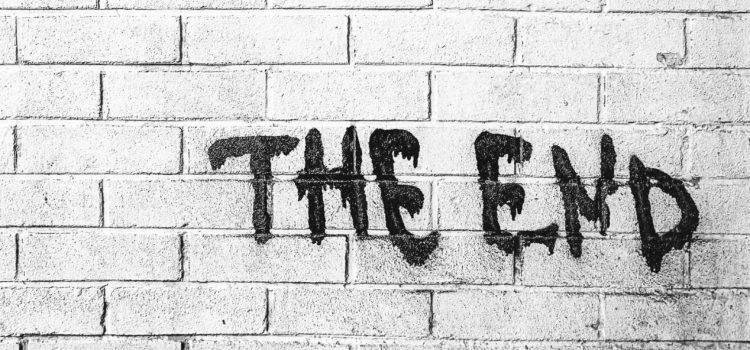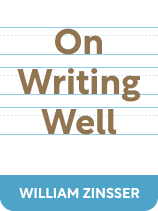

This article is an excerpt from the Shortform book guide to "On Writing Well" by William Zinsser. Shortform has the world's best summaries and analyses of books you should be reading.
Like this article? Sign up for a free trial here .
What makes a good story ending? What are some things you should consider when writing the ending for a nonfiction piece?
Beginning and ending stories are some of the hardest things to do for a writer. A good ending should leave the reader feeling satisfied and give them something to think about. An ending shouldn’t simply summarize what a reader has already read.
Here’s how to end a story right, according to writer and literary critic William Zinsser.
Ending a Story
Once you’ve crafted a compelling lead and kept your readers’ interest throughout the body of your piece, you’ll need to know how to end a story, which is your final impression on your reader. So when and how should you end your story?
Zinsser advises ending a story as soon as your piece is fully developed. If you stretch your story out beyond this point, you’ll find yourself exploring the same themes and summarizing what you’ve written, which is repetitive. The body of your story already told your reader the information she needed and you don’t have to repeat it to her.
However, don’t leave your reader unsatisfied by cutting your piece too short without fully exploring a topic. Zinsser believes that if your piece is underdeveloped, you’ve wasted both your time and your reader’s.
To end a piece, encapsulate the main idea of the story without summarizing the whole thing. Zinsser has a few suggestions:
1) Bring the story back to where it started. Reference an idea you introduced at the beginning of the piece, or use a quote that encapsulates the overall idea of the piece.
2) End the story with a surprise. Add an unexpected element, like a joke or an odd detail, that still encompasses the main idea. For example, in “Meditations on the Harp,” M. G. Stephens ends his piece with this sentence: “On the way back to the motel on the beach, I buy a pair of cross-training sneakers at a factory outlet, I eat McDonald’s french fries and some chicken fajitas, I wonder why I have yet to taste a good orange or drink some fresh-squeezed orange juice, or why I imagine that I am feeling nothing about being on the Gulf Coast of Florida, and even less about my father’s death.” These last seven words are in stark contrast to the rest of the sentence, offering the reader a surprise.
| How to End a Story: Tips From Experts Writer Bruce DeSilva notes that there’s a lot that an ending must do: tell your reader the story is over, emphasize your main idea, make your reader think even after finishing the piece, and occur at the right time. He also believes truly great endings have an element of surprise. Other experts offer advice on the specific kinds of endings for nonfiction: 1) The Lesson Learned: If the purpose of your essay is to share a new understanding or realization, try ending with the lesson you learned. But be sure not to preach or talk down to your reader when relaying the lesson. 2) The Lyric Moment: This is an ending that uses a poetic structure of words, repetition, or meter to create a lyrical effect. For example, Don Tate ended his book with the lines, “George’s love of words had taken him on a great journey. Words made him strong. Words allowed him to dream. Words loosened the chains of bondage long before his last day as a slave.” The repetition of “words” at the start of each sentence creates a lyrical pace and poetic effect. 3) The Open Ending: This is the kind of ending that is up to the reader’s interpretation. There are multiple ways your reader could understand the ending, usually leaving her with questions. 4) The Circle Back: In this ending, your ending connects back to the beginning of your piece. This makes your writing feel complete, even if you didn’t provide any kind of solution or lesson. 5) The Abrupt Ending: This ending occurs after building the momentum of your piece. You end your piece unexpectedly, rather than gradually drawing it to a close. But be careful when using this ending—your piece shouldn’t feel unfinished. |

———End of Preview———
Like what you just read? Read the rest of the world's best book summary and analysis of William Zinsser's "On Writing Well" at Shortform .
Here's what you'll find in our full On Writing Well summary :
- A back-to-basics approach to the craft of writing
- How to practice simple, clear, and engaging writing—even if you're not a writer
- How to effectively put your ideas into words






